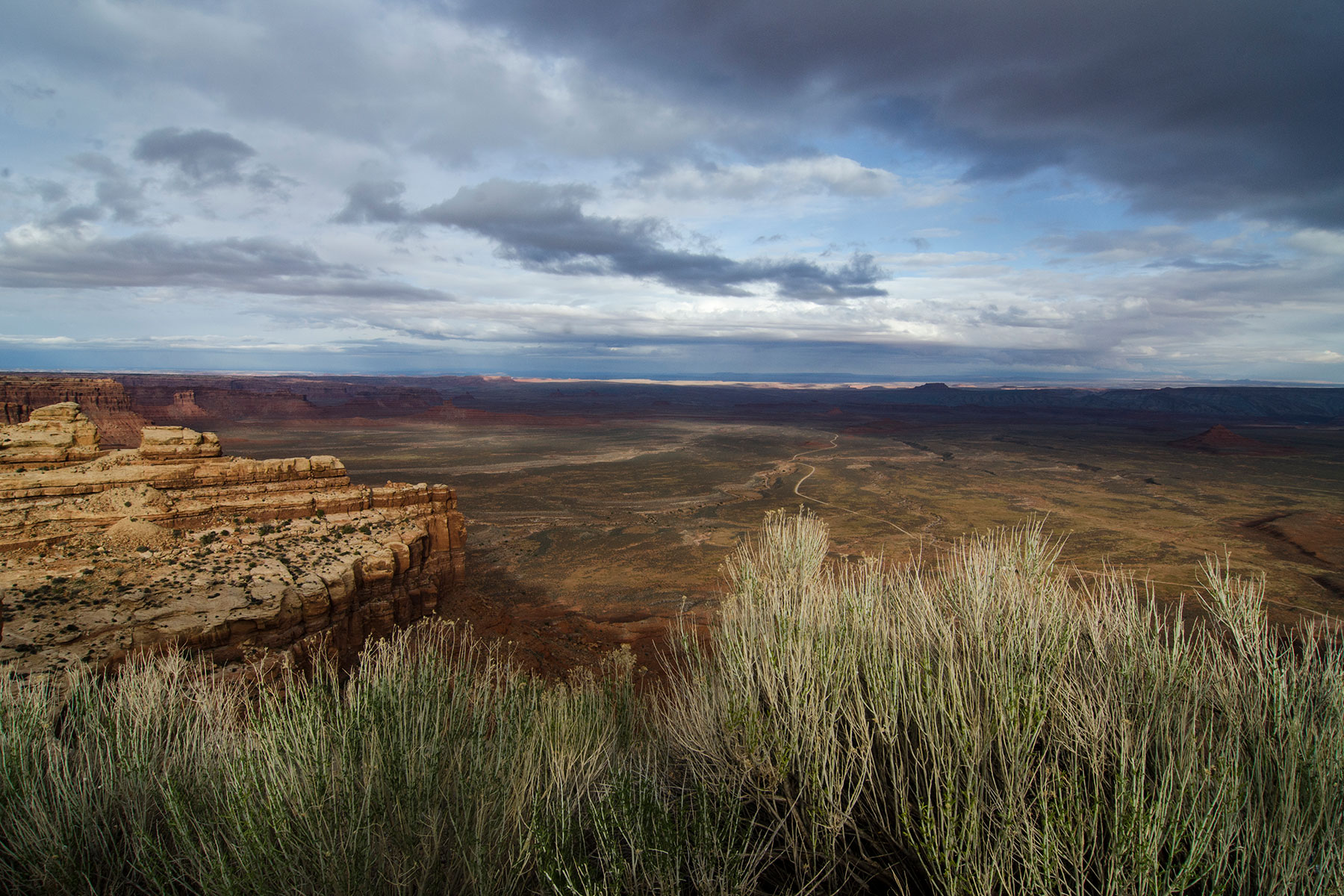The sacred landscape of Bears Ears needs immediate protection, according to members of the Hopi Tribe, Navajo Nation, Ute Mountain Ute Tribe, Pueblo of Zuni, and Ute Indian Tribe.
In an event held as part of the Red Road to DC, a cross-country tour highlighting Indigenous sacred sites at risk, area tribal members called for the restoration and expansion of protections for the original Bears Ears National Monument that were illegally removed during the Trump administration.
Organizers of the Red Road tour stopped in Salt Lake City to display a totem pole by Lummi Nation carvers to highlight sacred sites at risk due to development and infrastructure projects.
“This is a historic journey where Tribes have united to create a ceremonial trail across Indigenous Nations,” said Hank Stevens, Co-Chair of the Bears Ears Inter-Tribal Coalition and Navajo Nation representative. “We are ecstatic for the opportunity to be a part of the Red Road Journey to Washington D.C.”
During the Trump administration, the Bears Ears National Monument was reduced in acreage by 85%. The tribes are suing to reinstate this lost acreage and ultimately wish to expand the area and instate tribes as co-managers of the land.
“Bears Ears is a place of healing,” said Woody Lee, executive director of Utah Diné Bikéyah. “The canyons hold our songs, memories, and history. This place should be permanently protected and under the stewardship of the tribes who know the land better than anyone.”
“President Biden has the power to protect our sacred Bears Ears by restoring the National Monument and expanding it to 1.9 million acres,” said Lee. “We are hopeful that he will take quick action that leads to real and lasting change in the way these lands are managed and protected.”

